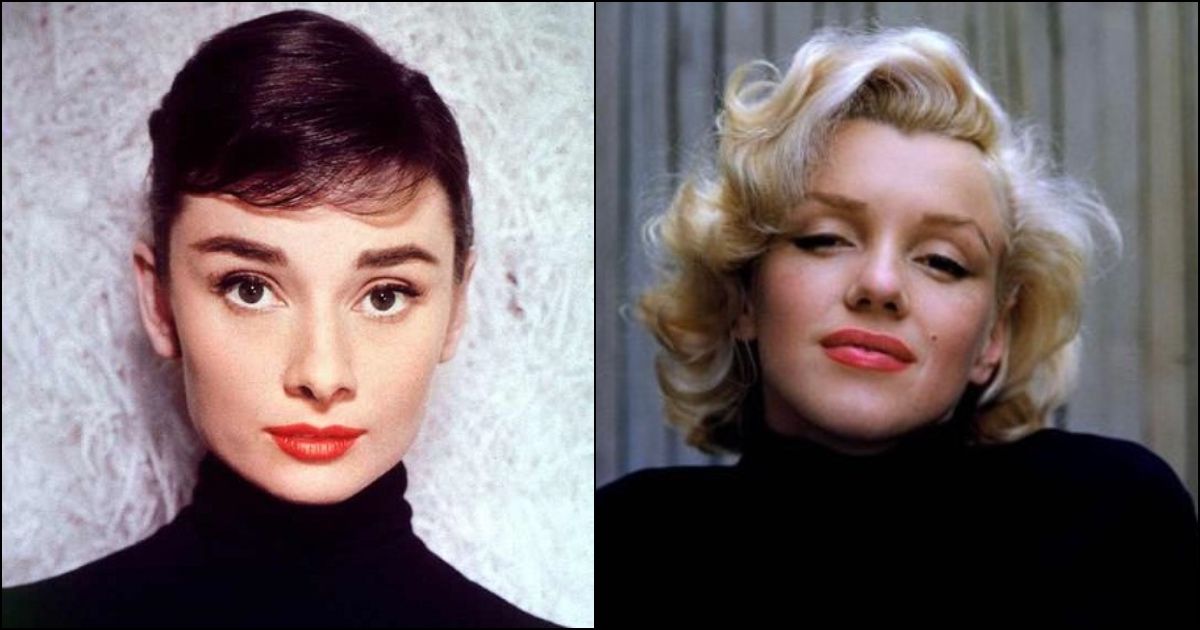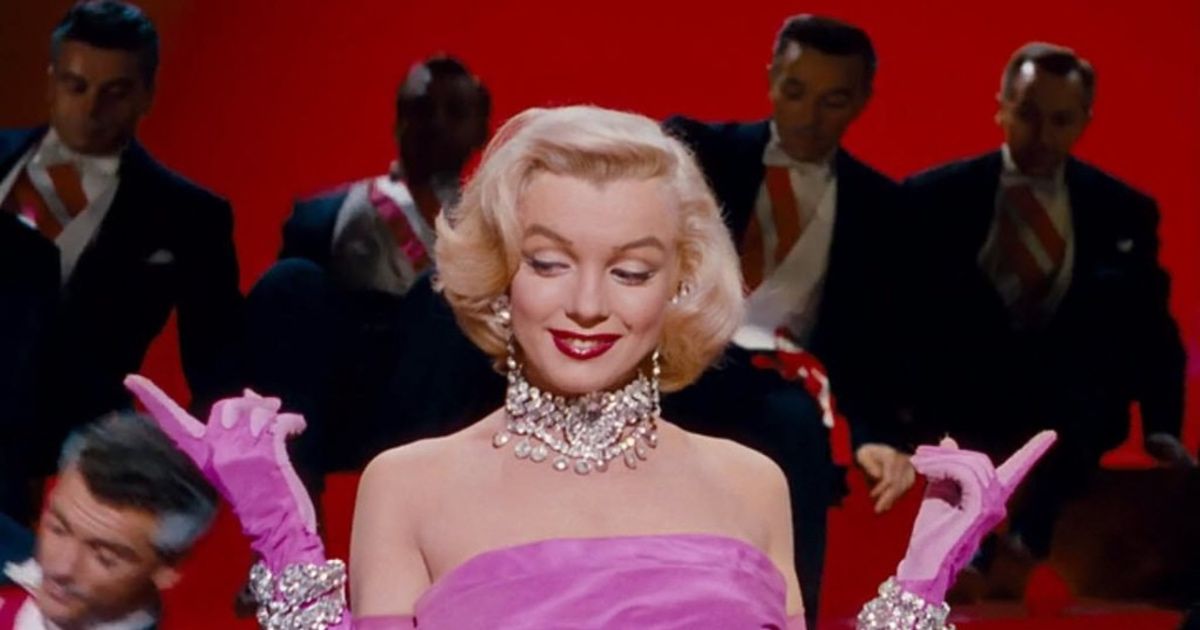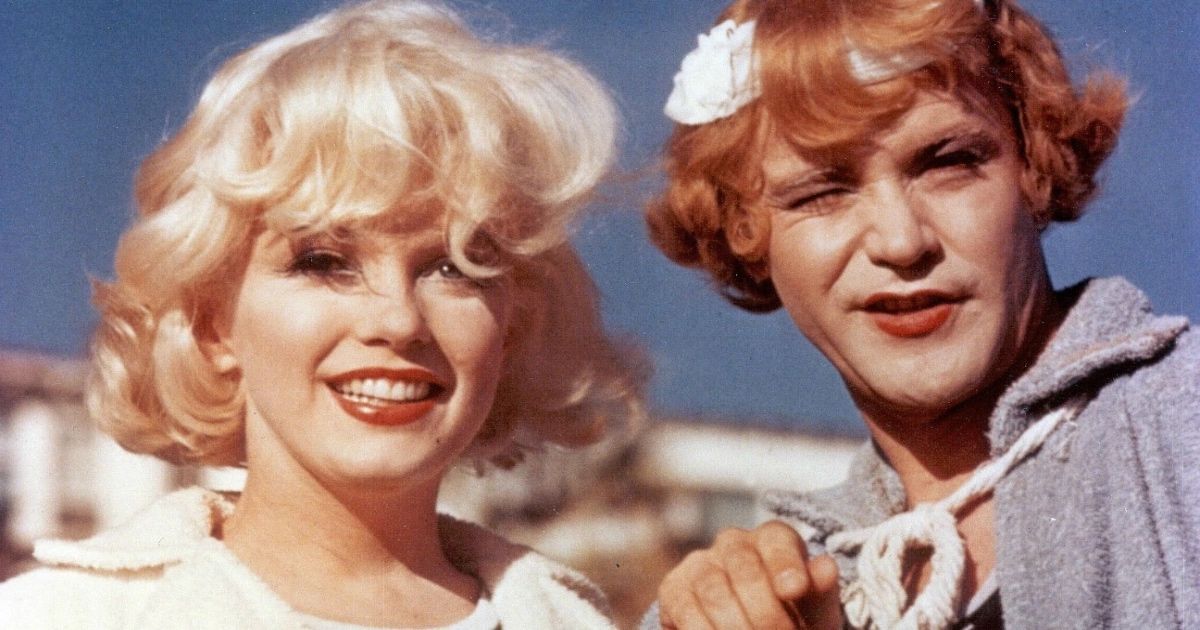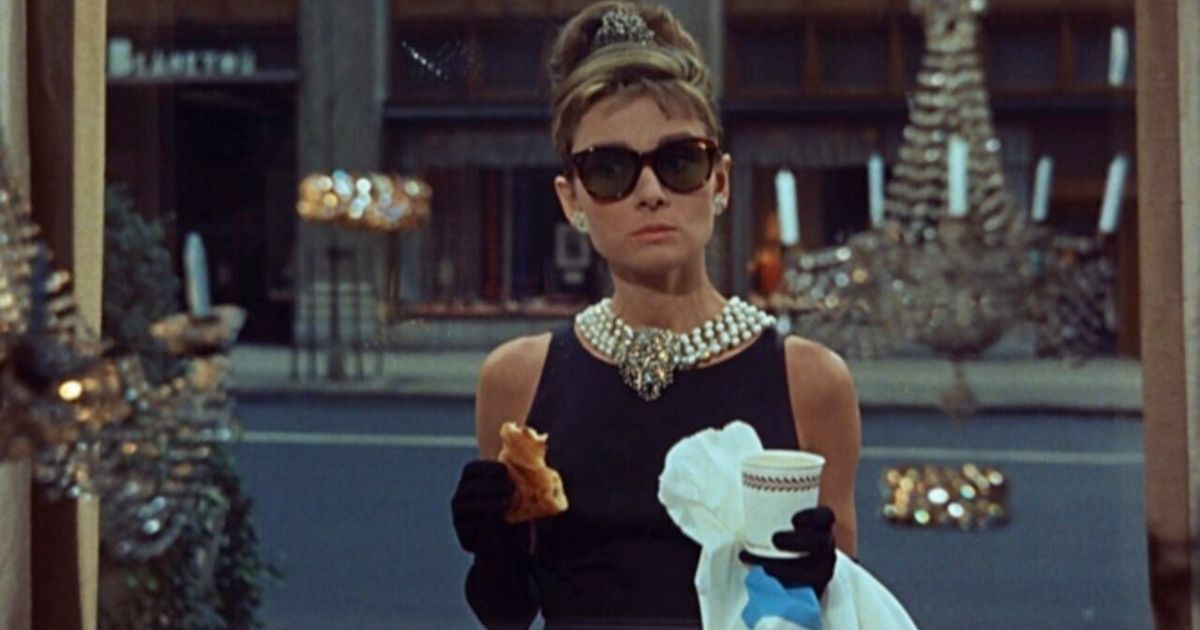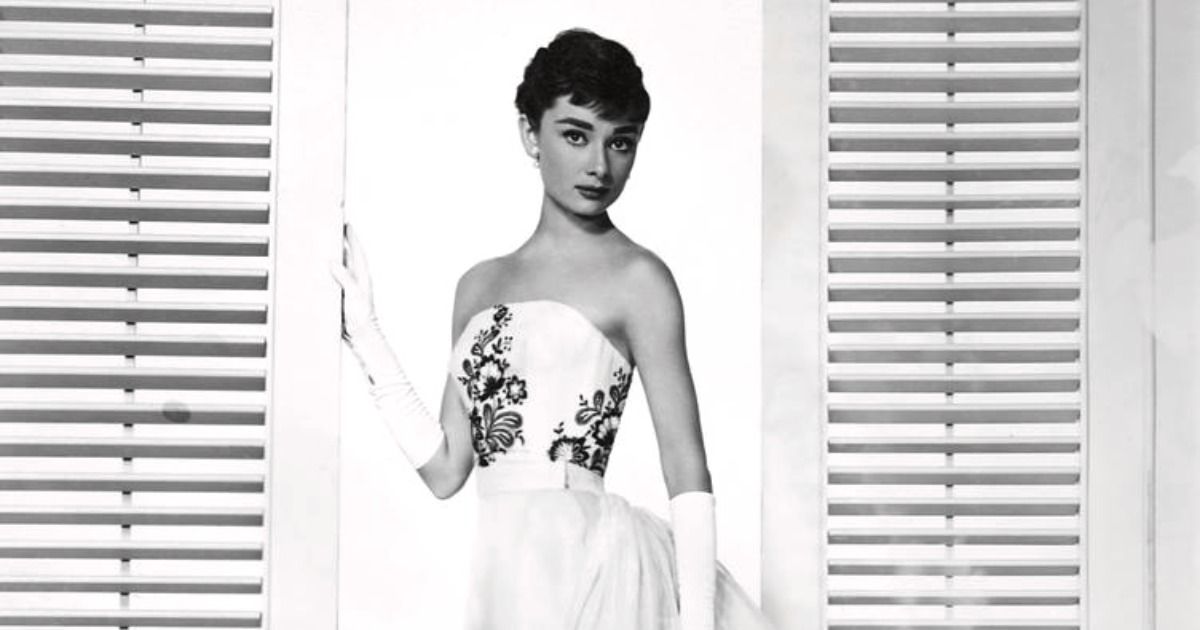One era, two women, two polar opposites: Marilyn Monroe, the American beauty, and Audrey Hepburn, a sophisticated European girl. A curvaceous platinum blonde and a slender brunette, both beautiful and extraordinarily talented, were the brightest personalities at their time in the 20th century film industry and became pop culture phenomena in the twenty-first. They had similarities too, as both experienced extremely difficult traumatic childhoods but became strong and purposeful. Both used their fame for good; Monroe used her status to help Ella Fitzgerald, an artist who was refused opportunities because of her Blackness; Hepburn actively participated in humanitarian projects.
Their movies have become '50s and '60s cinematic classics. Monroe’s films (All About Eve, Niagara, and Some Like It Hot, to name a few) are taught by modern acting coaches, and one was pivotal in supporting the LGBTQ+ community. Hepburn, having starred in movies like Roman Holiday, Sabrina, and Breakfast At Tiffany’s, received five Oscar nominations and posthumously achieved the prestigious EGOT (Emmy, Grammy, Oscar, and Tony) status. All in all, both are decidedly icons. Despite that, during their lives and still today, Hollywood and the public continued the grand obnoxious tradition of pitting women against each other.
As Hepburn proceeded to become a fashion icon for girls all over the world, regarded as a graceful trendsetter, it seems tragic that Marilyn continues to be disrespected and callously exploited even after her death — is it because still one is viewed as a ‘lady’ and the other a ‘tramp?'
Magnetism and Mistreatment of Marilyn Monroe, Old and New
Monroe was trapped within the ‘sex symbol’ and ‘bimbo’ labels. In a twist of irony, she was often disregarded as a bad actress, even by her co-stars. Namely, Sir Laurence Olivier said in an interview that, “Inside, somewhere or other, she doesn’t want to act. She wants to show herself — that’s another thing.” That goes against Monroe’s serious method acting training and her even leaving a major studio because they refused to give her artistic freedom through more challenging roles to showcase her range, which indicates that she very much wanted to be an actress who was taken seriously.
Another factor contradicting the ‘bad actress’ notion is the duality of Marilyn Monroe and Norma Jeane (Monroe's birth name). Multiple accounts of people who personally knew Norma Jeane state that Marilyn was a complete work of fiction, a persona crafted for the public. This persona was very similar to what she was portraying on screen — a ditsy showgirl. Monroe actually had great comedic timing and signature literalness, which was so deadpan that it often got misunderstood as a real thing.
In her book The Many Lives Of Marilyn Monroe, Sarah Churchwell suggests that part of the reason Monroe became so identified with a static concept of sexuality is because of her start in pinup. That image was actively reinforced, and eventually became the most prominent thing people knew about Marilyn Monroe, instead of, let's say, how she starred in a movie that was pivotal in supporting the LGBTQ+ community.
What Happened to Marilyn Monroe
Today, Andy Warhol’s portrait of Marilyn Monroe is listed alongside Botticelli's Birth of Venus, Da Vinci's Mona Lisa, and Picasso's Les Demoiselle d'Avignon as one of the greatest paintings of all time, and sold for a record $195 million. Monroe became one of the most referenced persons in pop culture and the highest-earning dead celebrities — in part because the rights to use her likeness eventually ended up in the hands of those who didn’t know and didn’t care for her, and they sold them to ABG, which simply plastered her face anywhere that paid, like Absolut Vodka or being digitally recreated to sell clothes. Kim Kardashian wears (and tears) her dress despite historians’ concerns.
Monroe’s life continues to fascinate people who want to know more about Hollywood real-life scandals, which unfortunately results in often insensitive and vulture-like projects. There is a separate page on Wikipedia dedicated just to movies about her. Yet another Marilyn Monroe biopic, Blonde, is set to release, promising to go after “American sacred cows.” This biopic is based, though, not on real-life events but an impressionist fictionalized account of her life by Joyce Carol Oates.
Audrey Hepburn Emerges as the ‘New Girl’
The public perception of Marilyn Monroe eventually cost her a film role, in what became one of the best romantic movies of the '60s. While the author of Breakfast at Tiffany's imagined no one but Marilyn as Holly Golightly, the studio didn’t want to cast her because her Holly would be too sexual, too promiscuous. Audrey Hepburn was cast instead, to bring in elegance and palliate the callgirl character, in what would signify a symbolic paradigm shift of Hollywood beauty standards from ‘sexy’ to ‘classy.'
Rachel Moseley discovered through her interviews that women who grew up with Marilyn and Audrey’s films were under the shared assumption that Marilyn was ‘made’ for men, and thus was the enemy, while Audrey was perceived as elegant and ‘one of the girls.'
Hepburn appeared as a relatable alternative to hyperfeminine starlets with hourglass figures, red lips, and luscious hair, and the women of that time embraced her. The first review of Roman Holiday in Photoplay described the ingénue as “flat-chested, slim-hipped and altogether un-Marilyn-Monroe-ish.” Women felt competition from Marilyn, while Hepburn with her different gamine body figure and childlike attitude seemed to shake up the standards; with her poise and manners, society deemed her to be a great role model for girls.
This juxtaposing sentiment is still perpetuated, stirred by the fact that Rooney Mara was chosen for the upcoming Audrey Hepburn biopic. The ability to praise one woman without putting other women down is still a novel idea it seems, as The Cut writes: “Tomboyish and brunette, Audrey was a refreshing alternative to fifties pinup stars Lana Turner and Marilyn Monroe.”
Why Does Hollywood Continuously Pit Women Against Each Other?
The world and especially the movie industry still struggles to grasp the fact that different types of femininity should be acceptable and the existence of one should not negate or be antagonistic toward another. Both Marilyn Monroe and Audrey Hepburn managed to transcend their respective films, their images gaining a life of their own (Audrey’s Breakfast at Tiffany’s portrait, Marilyn’s dress blown from a grate below) and their private lives becoming the object of people’s obsession.
These comparisons are not a thing of the past too, as we can see from the Keke Palmer and Zendaya colorism debacle, with the former firmly stating that “A great example of colorism is to believe I can be compared to anyone.” Actress Constance Wu opened up about her own case of this forced feud, allegedly between her and her Hustlers’ co-stars, saying that pitting women against women “helps the patriarchy stay in power."
The Bustle investigated the trend of catty feuds in Hollywood: “By focusing on the 'drama' between female actors, the media often ignores some of the actual issues facing women in Hollywood that are truly worth talking about. Celebrity feuds, even fabricated ones, distract us from seeing the discriminatory ways women in the film industry are treated.” Z Center also wrote on the topic: “It seems that oftentimes these feuds do not actually exist, but are rather there to remind women of their place in the Hollywood world."
Hollywood's perception and treatment of Monroe and Hepburn seems like a cautionary tale, one we'd all do well to avoid encouraging and instead allow for difference and variation amongst women without antagonism. After all, there's an element of truth in Monroe's famous quote, "I don’t mind living in a man’s world as long as I can be a woman in it."

